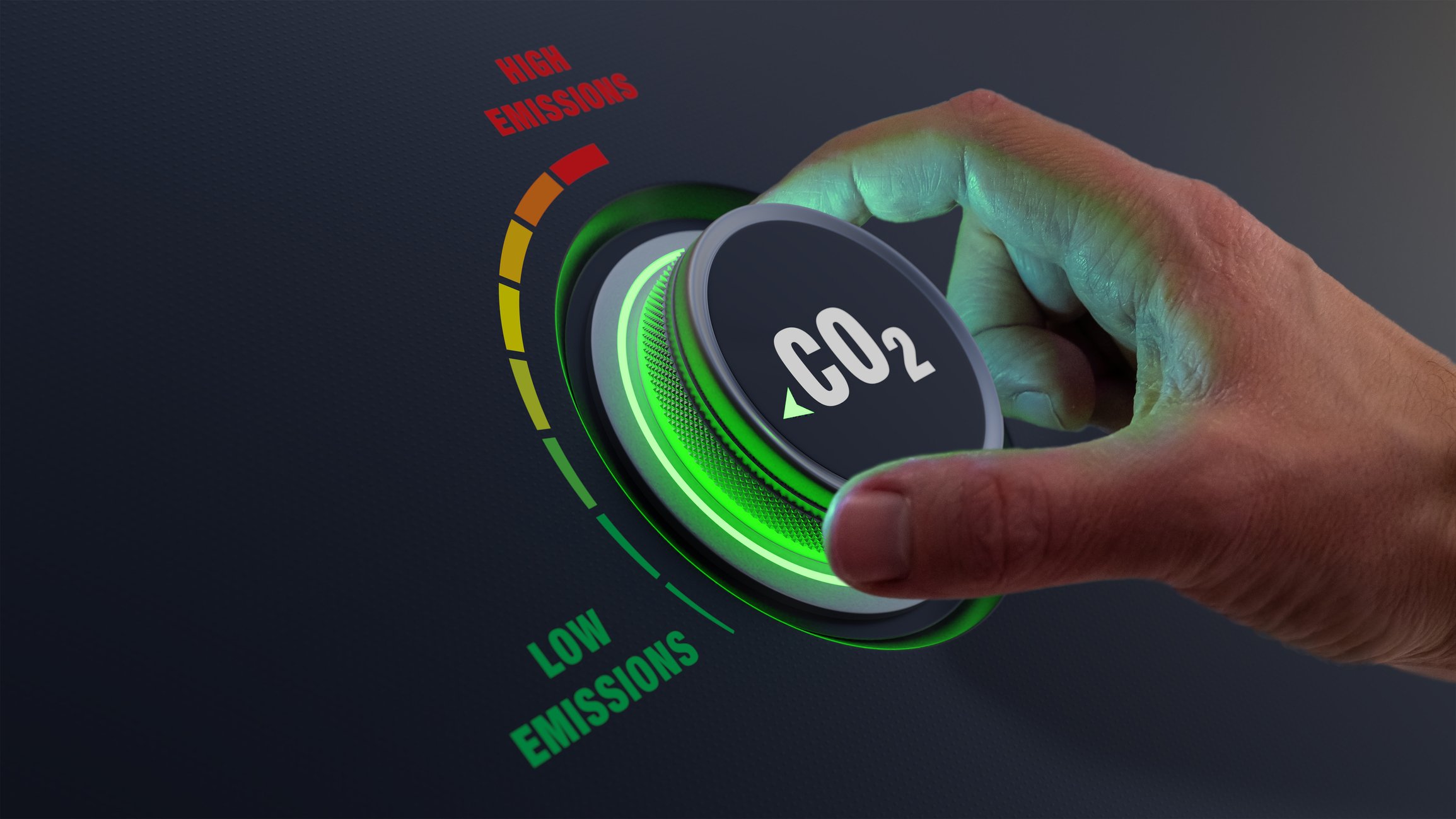Our Services
We recognise that every problem is slightly different. These nuances are important to your research and can’t be overlooked. We provide bespoke solutions to your problem. The services below are simply examples of previous work, and we would be delighted to discuss your specific needs.

Sustainability
Enhance sustainable transport practices by harnessing the power of large-scale GPS data. Understand emission hotspots, idling times, and fuel efficiency patterns to inform eco-friendly policy decisions. Identify road usage by low-emission vehicles to drive sustainable transport initiatives. With insights into potential infrastructure improvements and the ability to monitor the impact of sustainable transport policies, work towards a greener and more sustainable transport network.
-

Emission Reduction Planning
Identify areas with heavy traffic congestion that lead to increased idling and, consequently, high emissions.
-

Fuel Efficiency
Understand fleet statistics regarding fuel efficiency and how inefficient vehicles use particular areas.
-

EV Charging Infrastructure
Undertand where and when heavy vehicles might require charging if they were an EV.
-

Reduce VKT
Measure the extent of unnecessary VKT from sub-optimal routing
-

Green Zone
Identify potential low-emission zones, or measure the impact of HPMV on local areas.
-

Traffic Light Optimisation
By analysing dwell times of vehicles waiting for signals, we can attach an emissions cost to each signal and adjust timings to optimise emissions reduction.

Safety
Improve road safety through comprehensive analysis of driving behaviour, road feature profiling, and intervention effectiveness. Gain insights into harsh braking patterns, speed compliance, and driver fatigue to inform targeted crash mitigation strategies. Identify high-risk zones and evaluate the success of safety interventions to shape effective preventative strategies. Enhance safety standards in urban traffic management by tracking heavy vehicle movements and quantifying rat-running.
-

Driving Behavior Analysis
Gain insights into driving behaviors and leverage these to inform targeted crash mitigation strategies. Improve rest stop placement and timing to alleviate driver fatigue and enhance road safety.
-

Infrastructure Planning
Make informed urban planning decisions with in-depth analysis of heavy vehicle parking patterns and work zone interactions. Facilitate smoother freight operations and optimize work zone management.
-

Safety Assessment & Intervention
Implement proactive safety measures through identifying potential accident-prone areas and evaluating the success of safety interventions. Shape effective preventative strategies and guide future policy decisions.
-

Urban Traffic Management
Regulate traffic more effectively by quantifying rat-running across cities and tracking heavy vehicle movements. Reduce congestion and develop suitable urban planning strategies that cater to city dynamics.
-

Road Feature Profiling
Identify high-risk zones through a detailed analysis of specific road features. Enable targeted interventions for specific road sections to enhance overall road safety.
-

Policy Impact Assessment
Understand the real-world implications of policy changes with assessments on the impact of speed limit alterations on travel times. Provide essential context for policy debates and decisions and ensure effective speed limit policies.

Efficiency
Boost transport efficiency by understanding traffic flows, transport demand, and route impediments. Uncover origin-destination patterns and heavy vehicle movements to strategically plan urban road integration. Utilise travel time predictability analysis for route selection and evaluate the efficacy of interventions. Analyse industry-specific transport movements and port catchment areas to optimise logistics planning and enhance freight movement efficiency. Work towards a more efficient and well-managed transport network.
-

Traffic Flow Analysis
Analyse harsh braking events and traffic counts to mitigate congestion and optimise traffic flow. Measure the extent of rat-running to plan for effective traffic management.
-

Transport Demand Analysis
Uncover origin-destination patterns to understand traffic demand and flow across regions. Quantify heavy vehicle movements across Urban and rural roads.
-

Travel Time Assessment
Utilise travel time predictability analysis for route selection and transport efficiency. Evaluate past and current interventions to inform future planning and validate implemented strategies.
-

Industry-Specific Transport Analysis
Understand industry movements to facilitate logistics planning and improve transport networks. Measure the impact of policy changes on specific industries.
-

Route Analysis
Analyse route selection to identify common routes and impediments, informing route optimisation and infrastructure planning. Use High Productivity Motor Vehicle (HPMV) maps to plan for high-capacity transport routes.
-

Port Catchment Analysis
Study port catchment areas to understand freight movement related to port activities. Use this information to enhance the efficiency of port operations and freight movement.

